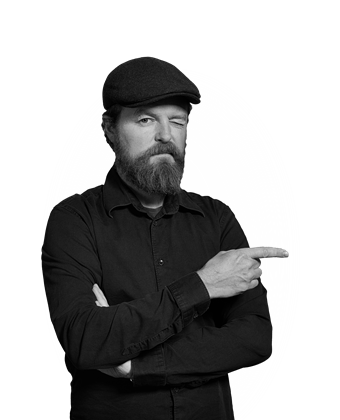The image of this narrow little lane, with its several colourful little houses, as if built for dolls, and located on the grounds of the Prague Castle, is almost certainly known to everyone. It is said that it got its name during the reign of Rudolf II, thanks to it being inhabited by alchemists, who were trying to unveil the secret of producing gold. But the truth, as is usually the case, was somewhat more prosaic. The little houses were at first occupied by poor servants from the Castle, followed by archers, and finally, goldsmiths who were running to the Castle to escape, from guild fees, whose collection was strictly enforced in Czech towns. The lane was, in actual fact, named for them. The story of how people lived over the course of the centuries is after all shown by the current facilities in the individual houses, which you can visit during our private guided tour of the Castle. You will see, for instance, an antique tavern, a real goldsmith's workshop with a little birdcage, house of the red archer, house of a herbalist or the residence of the famous fortune teller Matylda Průšová.
The Golden Lane was built between two ramparts of the northern fortification of the Castle. Houses started to appear here in the second half of the 16th century. These were very small houses, meant as provisional housing, which were wedged into the arcade supports of the northern wall and did not exceed their width. Over the centuries, the houses were extended towards the lane, such that in some places, the passage way narrowed to less than 1 metre.
During the urban renewal process in the 19th century, the annexes were demolished and the houses restored to their original sizes. In the 20th century, writers and poets congregated at house number 12. Among them were František Halas, Nobel laureate for literature Jaroslav Seifert and Vítěslav Nezval. For a period of several months, Franz Kafka lived and wrote in house number 22. People routinely lived in the houses until the end of the Second World War.
The lane is accessible only with a valid ticket.

